Risk Assessment Tool Puts a Price on Water Scarcity
The Water Risk Monetizer guides corporate investments where water is scarce.

More than ever, business executives are opening their eyes to the threats that inadequate or polluted water supplies pose to their enterprises. Droughts in California and Brazil today have cut hydropower generation and pinched the farm sector, which expects to mark a $US 2.2 billion loss this year in California. Barrick Gold, a mining firm, shelved a $US 5 billion investment in Chile last year due to local worries about water.
–Libby Bernick, senior vice president
Trucost, American operations
Shortage is certainly costly, but so is averting it. Mining giant BHP Billiton recently spent nearly $US 2 billion on a desalination facility to supply its copper mines, also in Chile.
Alarms about water are widely held and growing. More than two-thirds of the world’s largest companies say that water risks could change the way they operate or hurt their revenue, according to a report released Wednesday by CDP, a London-based organization that works with investors and companies to collect data on environmental risks. The World Economic Forum in January named water crises as a top three global threat.
I’ll have a story out next week with reaction to the CDP report, but I want to highlight one way that companies can respond to water scarcity – by adding it to their balance sheets. A new tool will help them do that.
The Monetizer
The problem with risk assessments is translating the knowledge of scarcity into action, asserts Libby Bernick, senior vice president of North America operations at Trucost, a London-based environmental consultancy. Risk maps that bleed autumn colors of danger need to add a complementary hue: green.
“There are a lot of tools to screen water risks and a lot of maps to show where water is scarce, but that information can’t be put into budgets or used to direct capital to where it’s needed,” Bernick told me. “We take scientific information and put it into business terms – monetary terms.”
Thus, the Water Risk Monetizer, a cyborg-sounding assessment tool, was born.
Released on Wednesday, the tool was developed by Trucost and EcoLab, a global water-technology company with headquarters in St. Paul, Minnesota.
The monetizer begins with a simple premise: that water is more valuable where it is scarce. Trouble is, water prices typically reflect the cost of the infrastructure needed to deliver and purify the water and not water’s scarcity value.
“Because water is priced so low, it’s hard to make the business case for stewardship,” said Bernick, who helped develop the monetizer. “This tool helps businesses make that case.”
To use the tool, companies need to enter three pieces of information: the location of their facility, its water use today, and the local price for water. An algorithm based on ecosystem needs, water scarcity, and local economic conditions then spits out a “risk premium” that is added to the price that a company would see on a water bill. Where water is scarce or where it is needed to sustain fish habitats or groundwater resources, the premium is higher.
Three forms of risk are scored as high, medium, or low: scarcity, reputational, and regulatory. Scarcity risk reflects whether water is available. Reputational risk measures the social environment in which the business operates. And regulatory risk assesses government mandates.
How is the monetizer used in practice? Bernick says to imagine a company building a new processing facility. The tool allows leaders to evaluate and compare water’s financial risk at several locations. Or, executives will be able to prioritize water-saving investments based on which facility has the highest returns.
The tool has value, but it is limited, Bernick notes. It only applies to specific locations, so companies can use it to evaluate an individual mine or facility but not assess risk through the entire supply chain.
A half-dozen multinational firms helped develop the tool, Bernick said. The test now is whether more will put it to use.
Brett writes about agriculture, energy, infrastructure, and the politics and economics of water in the United States. He also writes the Federal Water Tap, Circle of Blue’s weekly digest of U.S. government water news. He is the winner of two Society of Environmental Journalists reporting awards, one of the top honors in American environmental journalism: first place for explanatory reporting for a series on septic system pollution in the United States(2016) and third place for beat reporting in a small market (2014). He received the Sierra Club’s Distinguished Service Award in 2018. Brett lives in Seattle, where he hikes the mountains and bakes pies. Contact Brett Walton



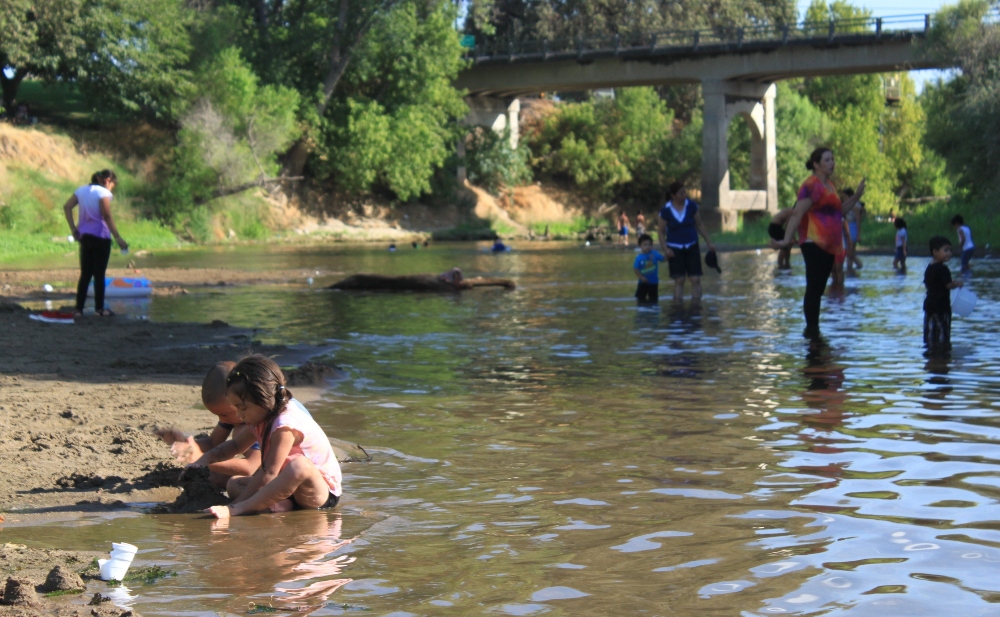
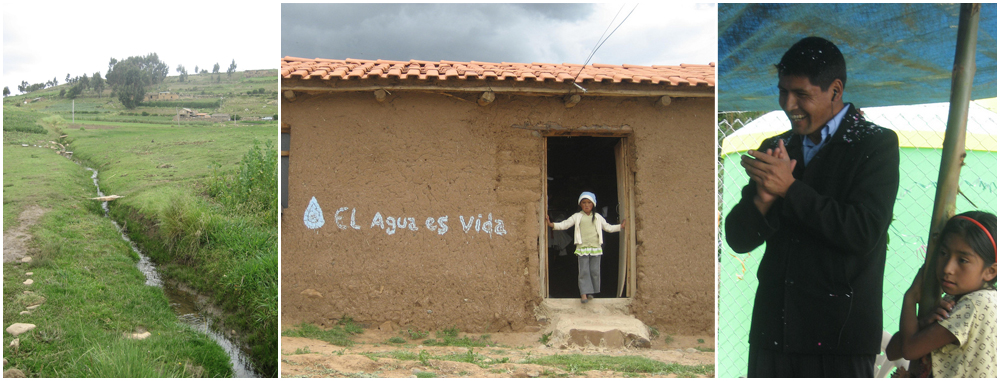

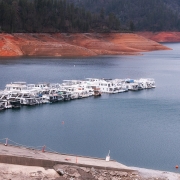
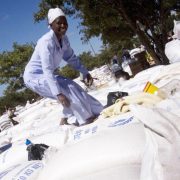
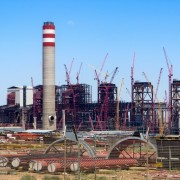


Leave a Reply
Want to join the discussion?Feel free to contribute!